Dorival Caymmi, an accomplished composer of Tupiniquim popular music, was noted for his melodies that portrayed the culture and unique scenario of Bahia. Coming from Salvador, Caymmi, aged just 13, was already composing and, later, headed to Rio de Janeiro in 1938, where he began to walk the path of art. Their songs were recorded by giants such as Carmen Miranda, João Gilberto, Gal Costa and Caetano Veloso. Caymmi was also a multifaceted artist, dedicating himself to painting, writing and acting, participating in cinematographic works and television programs.
Ano de 1944Autorretrato,
Oil on canvas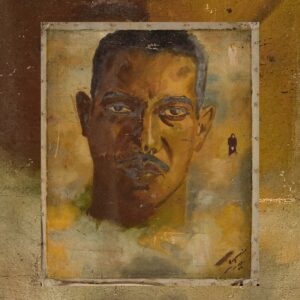
During the 1940s, Dorival Caymmi experienced a period of ascension in his artistic career in Rio de Janeiro, consolidating himself as one of the greatest composers of Brazilian popular music.
14/01/1944Autorretrato na praia,
Oil on canvas
Source: Dorival Caymmi/Facebook page
The time of his rise seemed to have a curious effect on the musician, as, at least according to known sources, this is the time with the most self-portraits of Caymmi.
31/10/1944Autorretrato,
Oil on canvas
Source: Dorival Caymmi/Facebook page
The time also brings curious traits, as something in common between self-portraits.
01/11/1944Autorretrato,
Oil on canvas
Source: Dorival Caymmi/Facebook page
As you can see, the previous self-portrait and this one have a lot in common, it seems that only the clothes were changed. Which may indicate a search for a pattern in self-portraits.
Ano de 1948Autorretrato,
Oil on canvas
Source: Antonio Carlos Job Instituteim
In this self-portrait, Dorival already seems to have moved away from his previous style. There is also a composition of different colors in the portraits, with a clear contrast between white, blue and yellow.
Ano de 1956Autorretrato,
Watercolor
Source: Museum of Brazilian MusicThe
Unlike the other paintings, with oil on canvas, this self-portrait is in watercolor and has a style focused more on line and less on depth.
Julho de 1974″O algodão”,
Oil on canvas
Source: Antonio Carlos Job Instituteim
Ao contrário de outros autorretratos, esse possui nome, declarado na dedicatória feita para Danilo Caymmi, onde é dito “À Danilo Caymmi, “O algodão””.
The self-portrait is done in green tones and, with a little effort, it might be possible to find similarities to Picasso's blue phase.
Sem DataAutorretrato,
Oil on canvas
Source: Antonio Carlos Job Instituteim
This self-portrait seems to show Dorival Caymmi with his eyes closed, breathing his own theme: the sea, the fishing sloop in the background and the sunset.
Bonus:
Although not authored by Dorival Caymmi, this portrait by L. Balloni deserves to be here. There is no date marked on the painting, but the Caymmi portrayed seems to remember that young man from the 1944 self-portraits.
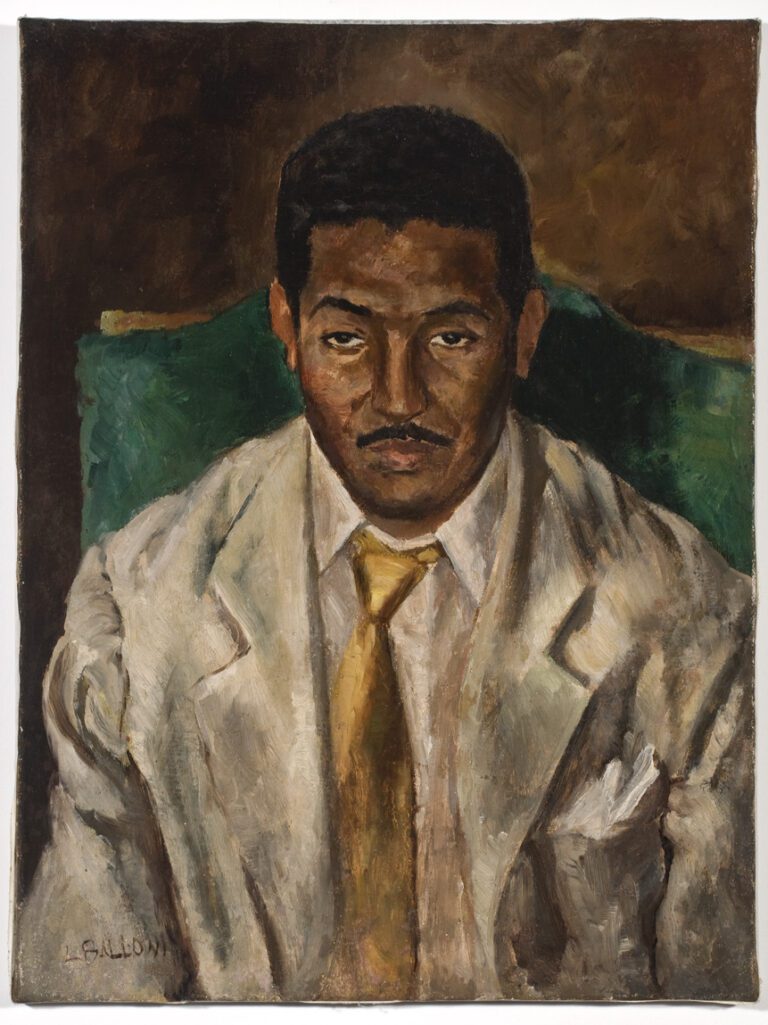

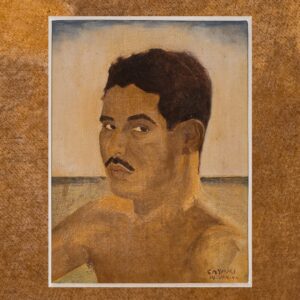
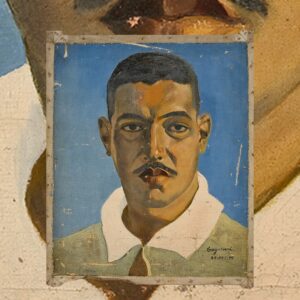
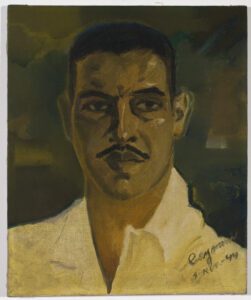

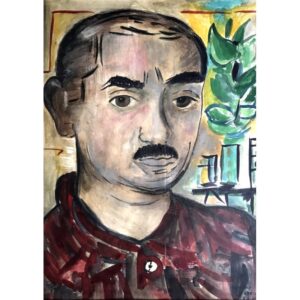
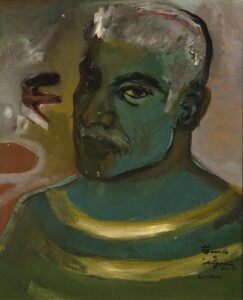

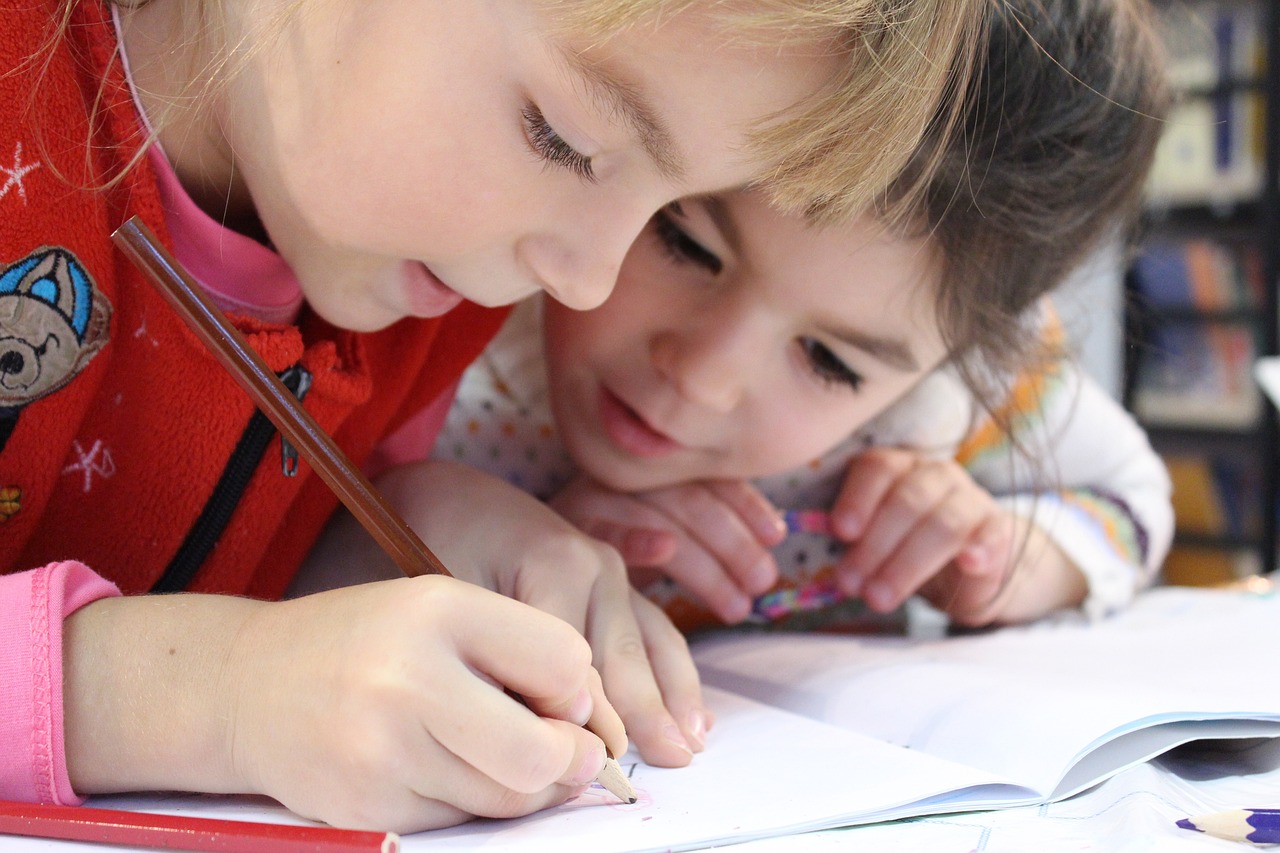

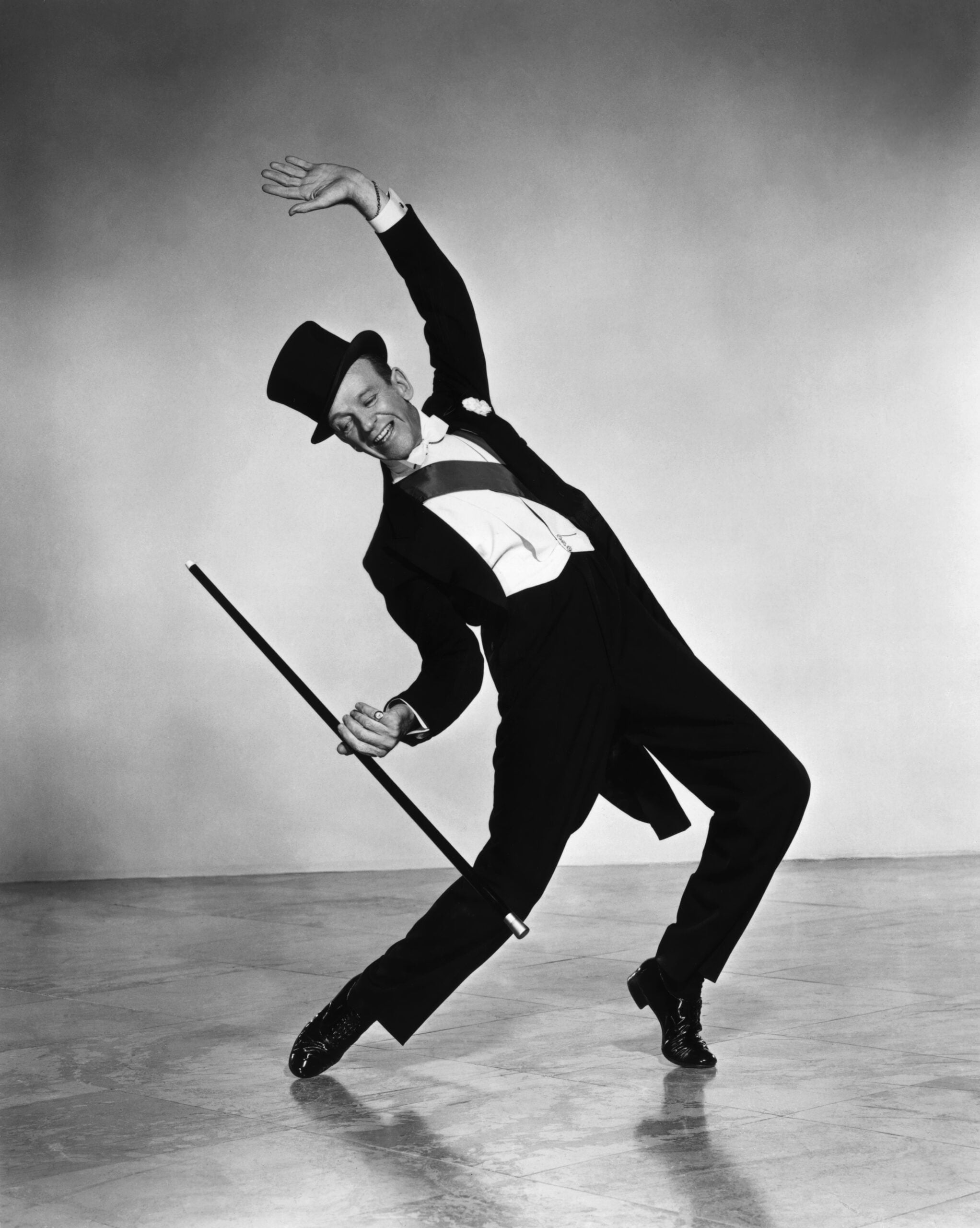
1 thought on “dorival caymmi e o autorretrato”